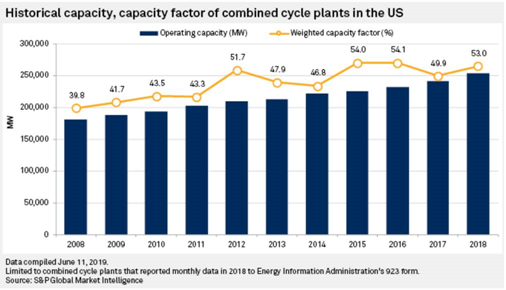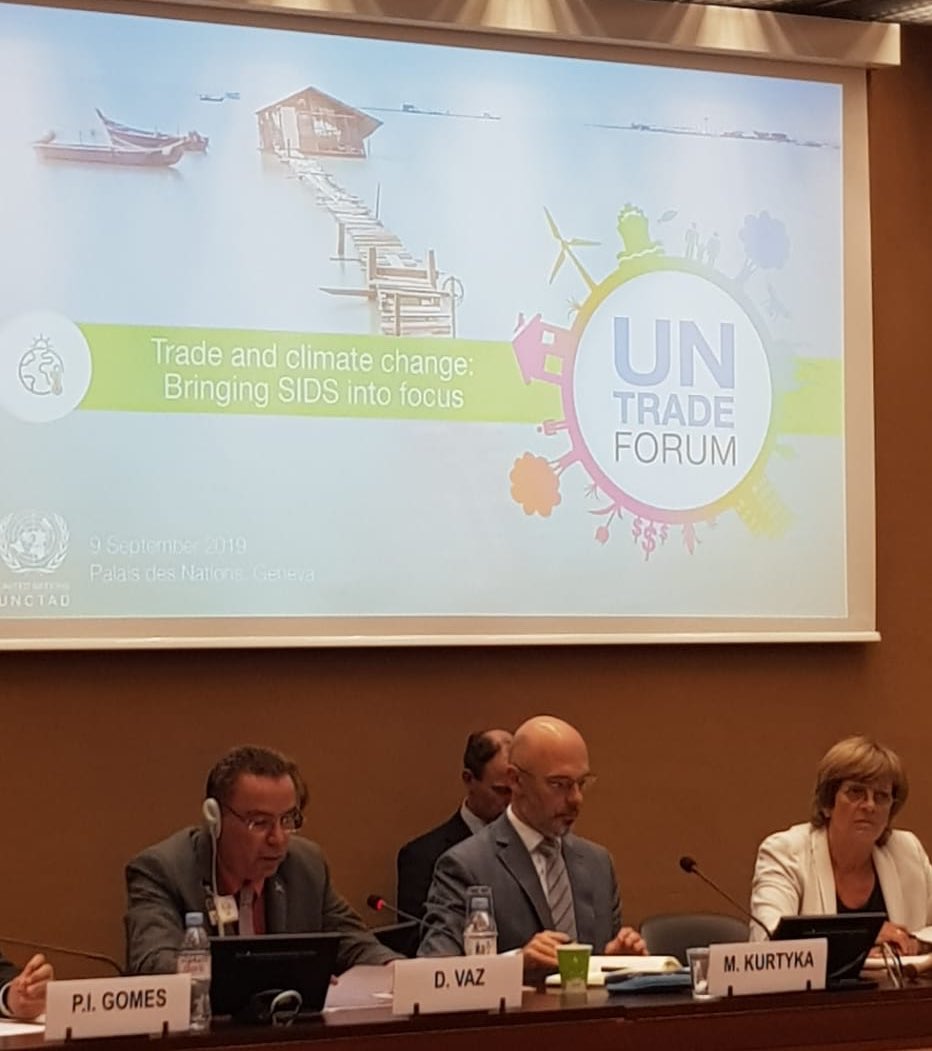What Will It Take to Clean Up the Electric Grid?
It's a huge undertaking to slow climate change, but we've done big things before.
The latest from me and @JustinHGillis in the @nytimes: nytimes.com/2019/12/16/opi…
We used the Energy Policy Simulator (us.energypolicy.solutions) to look at a scenario that hits ~90% clean by 2030. "Net zero" by 2030 could include offsets for the last ~10%
In practice, hitting ~90% means all coal would retire, some existing gas would hang around to be used for flexibility, while hydro, nuclear, and other renewables would generate the rest.
That means we'd have to build enough clean power plants to go from 38% to ~90% in ten years.
2.5-3.4x is serious increase, but achievable.
Of course, China has 4x the people and a grid 1.5 times the size of ours in terms of power gen capacity.
CLEAN ELECTRICITY IS THE LINCHPIN FOR A CLEAN ECONOMY.
Clean electrons can displace gasoline burned in cars, gas burned in buildings, and some of the fuel burned at factories.
Opportunities abound for cleaning up our electricity grid cheaply. Now is the time.
Until then…don't forget to keep your ambitions high for how quickly the US can decarbonize. /FIN






